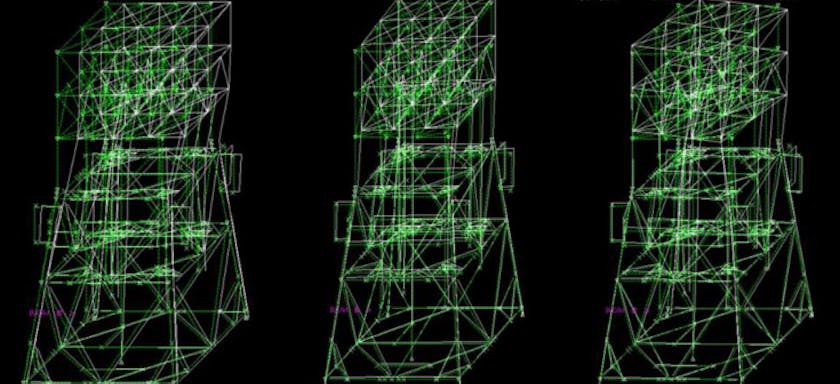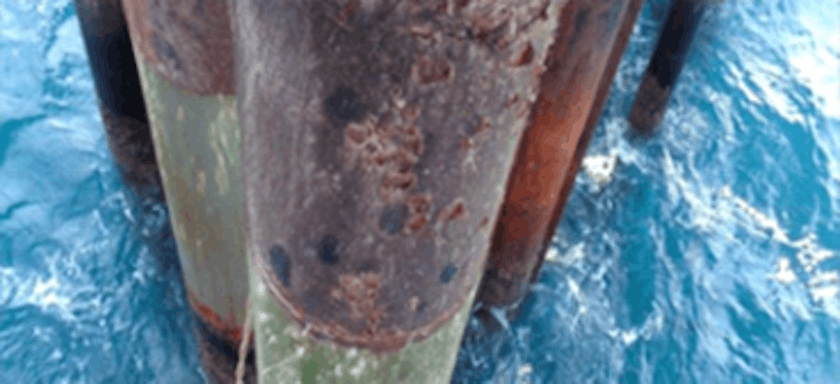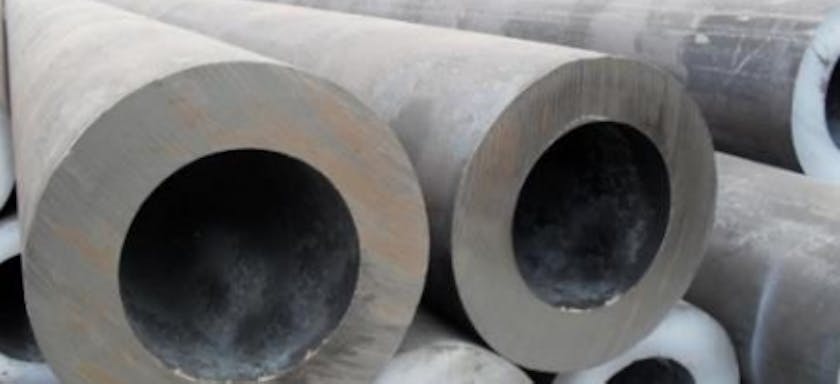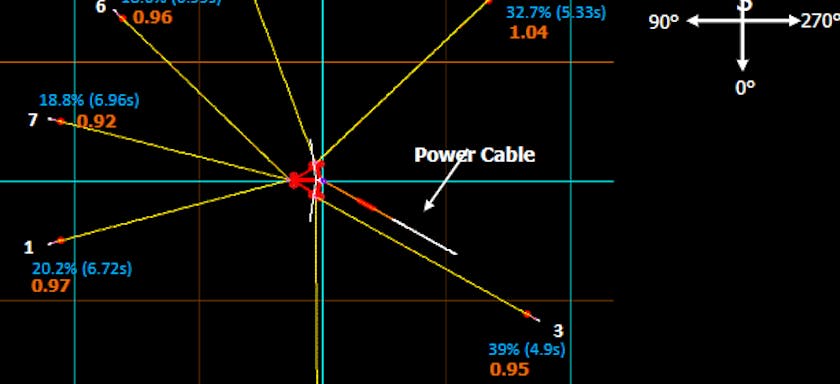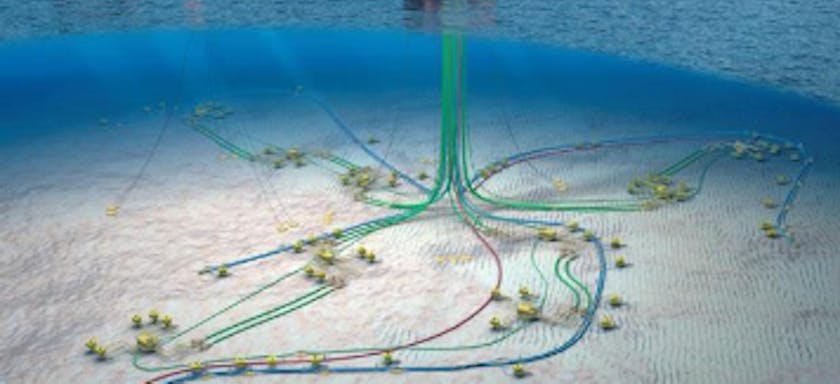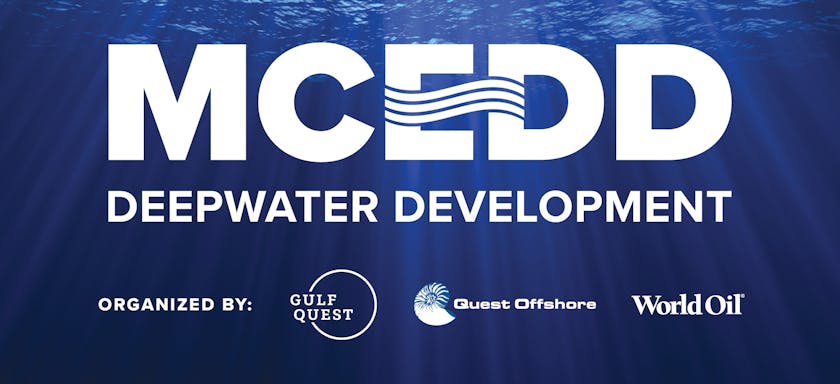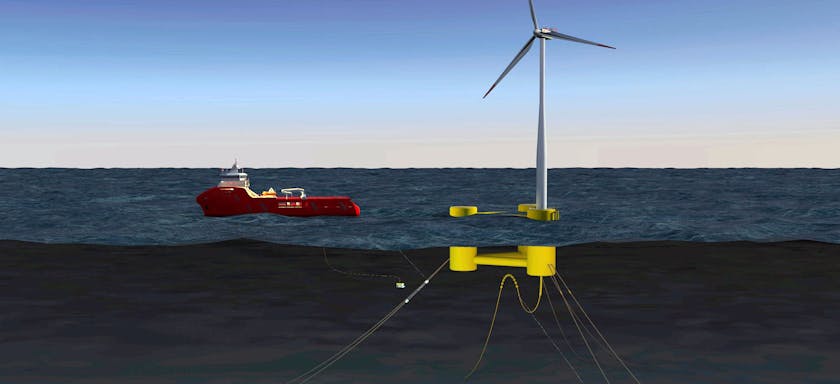Evaluation of Wellhead Fatigue Using In-Service Structural Monitoring Data
EVENT: OTC
1 May 2013
To conduct offshore drilling activities safely there is an increasing requirement to understand the strength and durability of subsea wellheads and conductors. The use of modern drilling rigs, with larger BOP stacks and drill-through trees, combined with longer well durations and multiple intervention operations is now producing far greater levels of fatigue loading on subsea wellheads.
The prediction of the fatigue response using numerical analysis has traditionally taken a conservative approach to mitigate against the risk of fatigue failure of the drilling riser and wellhead equipment. However, using this conservative approach, the allowable fatigue design limits are often predicted to be exceeded before the target operation durations are achieved. This can lead to costly last-minute design changes, the necessity for which often remains unproven.
To improve the understanding of the fatigue behaviour of these systems, 2H has utilised in-situ monitoring of the drilling riser and wellhead response on recent projects in the Gulf of Mexico and the North Sea for a number of Operators. Wellhead fatigue life predictions, for which minimal in-service validation has traditionally been available, have been found to be conservative by factors of 10 or greater based on the field measurement data collected. Understanding the root causes of these levels of conservatism allows a critical view to be taken of analytical models and fatigue results. This in turn facilitates the safe removal of conservatisms from the analytical approach and associated cost savings for field operators. Further, in-situ monitoring allows management of fatigue during drilling with real-time tracking of fatigue accumulation providing feedback for safer planning of operations.
This paper describes the use of wellhead response monitoring programmes on a recent drilling campaign in the North Sea. Comparisons are drawn between the measured response and the analytically predicted wellhead fatigue results. Where differences are identified, the back-analysis activities conducted to identify the causes of those differences are discussed. Finally, the applicability and limitations of those findings for the refinement of wellhead fatigue predictions in other applications are outlined.
Authors

Phil Ward
Principal Engineer

About
Phil is a principal engineer in 2H’s Houston office. He holds a master’s degree in Engineering from Cambridge University and has 14 years’ experience in the oil and gas industry with various types of pipeline and riser designs, subsea structural monitoring systems, and late-life assessment techniques. Phil started his career with 2H in Aberdeen, and held the director position there before relocating to 2H Houston in 2019 with the goal of cross-populating experience with shallow and deep water systems. He has held numerous project management and technical leadership roles on a variety of projects from concept through to detailed design, including subsea wellhead fatigue mitigations, platform well design optimisation and thick-wall SCRs. Phil is a Chartered Engineer and Member of the Institute of Mechanical Engineers.
Expertise

Alex Rimmer
Director, UK

About
Alex is a Chartered Engineer with a first-class master’s degree in mechanical engineering from the University of Bath and has been working for 2H Offshore since 2004. Alex has significant experience in the design and analysis of drilling and production systems for deepwater and shallow water developments, most notably as lead analysis engineer for BP’s Block 31 PSVM freestanding hybrid riser design project. Alex has taken on a number of managerial roles at 2H, including technical manager of the Norwich office, where he was responsible for integrating UWG’s shallow water riser and conductor engineering team and business into 2H. He has been a director in our London office since 2011.


